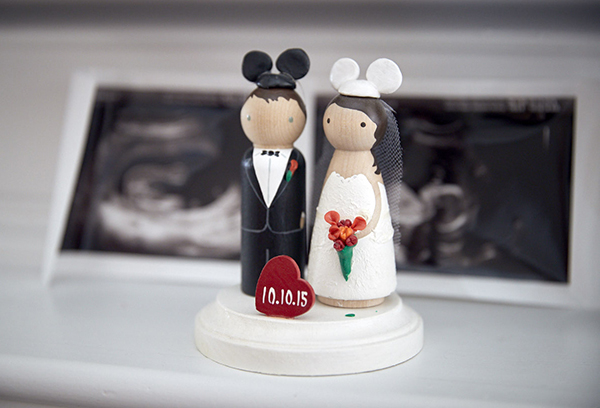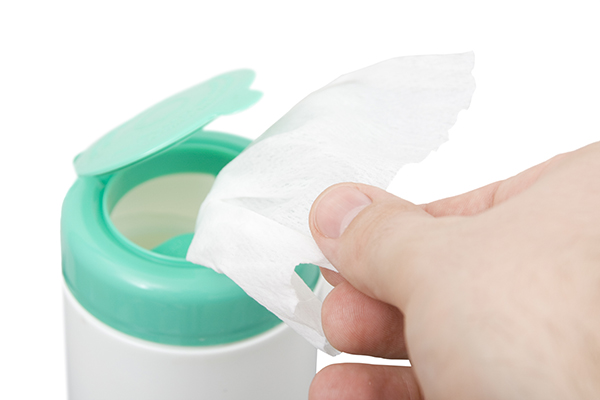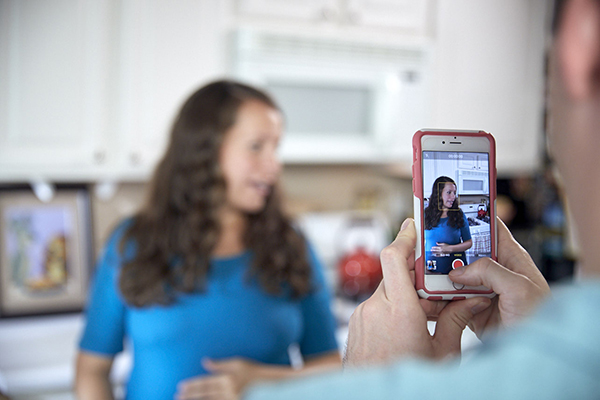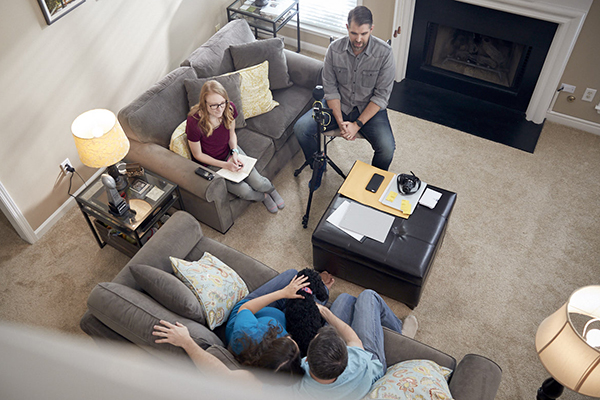Finding Customer Intimacy in Socially Distanced Times: Why We Need Design Research.
As unprecedented portions of the global population are physically isolated at home and research budgets reduced across the board, it’s hardly the typical time to focus on customer intimacy and initiate a design research project. Marketing and product executives may be understandably waiting for the storm to pass. But this is a rare opportunity to make visible undeclared pain points that can drive long-term product innovation and new, fresh brand positioning that can drive a deeper relationship with your customers. Here we explain why investing in the process of understanding how home-based practices, products, and services are now being experienced is a smart decision. In the next installment of this blog, we will lay out a practical toolkit for conducting remote sensory ethnography of the home.
The “Imponderabilia” of Everyday Life
Much of the meaning of our lives unfold within the everyday context of our homes as we eat, sleep, clean, raise children, care for pets, love, and make ourselves ready for the world. Our homes also house our aspirations, values, and desires. So, home matters, always.
And in our current conditions of far-ranging disruption, home really matters. As we spend more time at home, our engagement with the stuff of our everyday lives is more sustained, more acute, and more emotionally charged. This is a crucial opportunity for researchers to discover unexpressed pain points, opportunity spaces, and a heightened level of customer intimacy that wouldn’t emerge or even be talked about under normal circumstances.
Let’s think about a simple example: the single-use disinfecting wipes made by a myriad of brands. In “normal” times, usage is generally low and concerns are brushed off because they are only fleetingly experienced. But many pain points emerge with daily, sustained use as we’re attempting to reduce the risk of contamination. If you have ever used a wipe, you likely know that the opening mechanism is nearly impossible with one hand, as is pulling one of the wipes out from the packaging. The cutter on the container often ends up in a skirmish that leaves the wipes ripped in half or quickly retreating back into the container, requiring the user to dismantle the packaging to get the wipe threaded back through the opening. Eventually, a puddle of liquid and the last wipes wait to be extracted from the bottom of the container, unreachable. With repeated use, the impact of the wipes on our already weakened skin is caustic, requiring sought after gloves or even more handwashing.
And that’s assuming the user is fully abled. Imagining the product experience for older or differently-abled users leaves a lot to be desired for inclusive design. Objectively, fixing these issues would be beneficial in regular times, but few would have bothered to mention them. Now they’re magnified and take on an emotional charge in a time when much of our wellbeing – personal and collective – rests on keeping ourselves and our stuff squeaky clean.
New Problems, New Solutions
Beyond these functional issues, when we consider our mental health and the overall product experience through customer intimacy, other opportunities emerge. Until now, the wipes’ messaging and positioning tend to be clinical, which draws mainly on fear motivation. If this situation were to last for years, not only should one implement the changes to the packaging design, but also the way a brand talks about their product. For instance, research suggests that fear motivation is not the best way to build habitual practices that are part of domestic care routines beyond the limited span of epidemics.
According to research, the top motivations for handwashing were disgust, nurture, comfort, and affiliation. Interestingly, fear of disease contagion only figured transiently while epidemics were present. The research suggests that – even cross-culturally in emerging markets – using messaging around disgust of dirty hands, the sensory comfort of clean hands, maternal caring, and social acceptance are likely to be more effective in shaping long-term handwashing behavior than fear of disease contagion.
Directions Forward
For clients in the category of home and commercial cleaning wipes, now is a rich time to use design research and increase your levels of customer intimacy to answer questions like:
– How can the power of emotion, sense of disgust, and social norms shape product use and experience, during and following epidemics?
– What emotions and motivations are associated with home cleaning practices and self-care routines amid the pandemic?
– Are there opportunities to position cleaning wipes as self-care products to reduce user anxiety and produce durable consumer cleaning routines?
In the broader COVID-19 climate, design research can help us increase our levels of customer intimacy and understand topics that will inflect design and marketing for years to come, such as:
– How do people feel about their homes and all that they contain once the option to leave is largely taken away? Can “home” be a tightly regulated space where we can find safe harbor with loved ones, or must it be an isolating prison we can only look out from with longing? How do we adapt our homes in times of uncertainty?
– How do emotions and habits affect the way we interact with our products, services, and each other? What needs aren’t being met, and what new needs are being created with the pandemic?
– How do our products and technologies support our wellbeing, and how much of our suffering can they take away?
In the next installment, we’ll draw from a range of case studies to lay out a practical toolkit for conducting home-based remote ethnography centered around one especially promising methodology, sensory ethnography.
Think of it as the how to the why outlined here.
Interested in conducting design research during these tumultuous times, but don’t know where to start? Contact THRIVE today to see if we might be the right partner.









